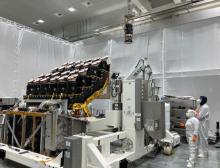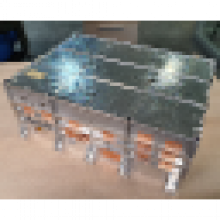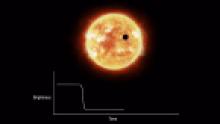MEU is being integrated with PLATO instrument

PLATO instrument integrated into and placed on the spacecraft. CREDIT ESA – M. Pédoussaut
The MEUs (Main Electronic Units) were delivered and integrated with the PLATO instrument.
In May the MEU FM was deliverd to OHB (prime of PLATO Mission) in Germany (Oberpfaffenhofen).
The second MEU unit, MEU PFM was delivered in June 2025.
Now all the instrument is now together with the spacecraft and ready to be tested.






